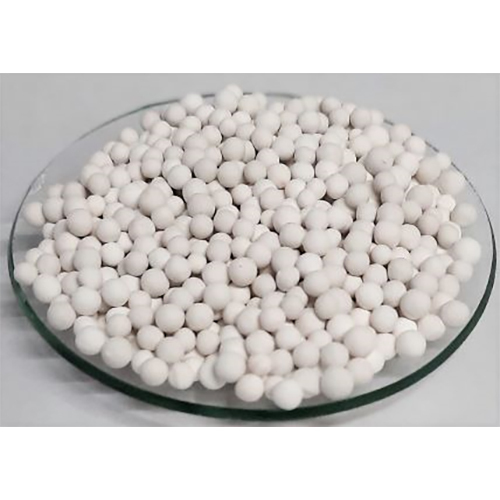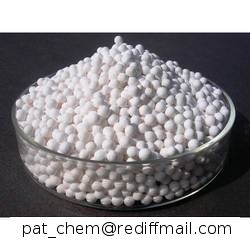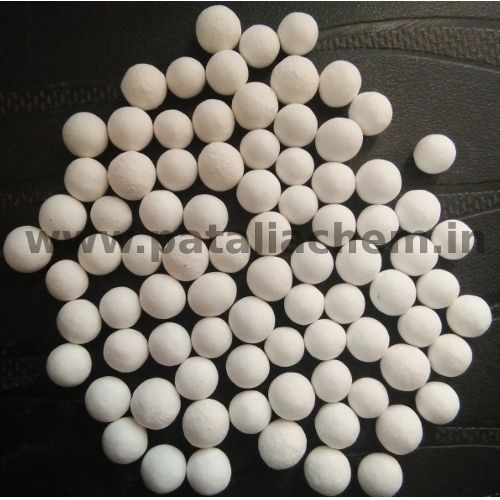
Activated Alumina Desiccant Grade
Product Details:
- Purity 99.99 %
- Storage Room Temperature
- Form Granule
- Solubility In Water
- Grade Industrial Grade
- Type Desiccant Grade
- Click to View more
X
Activated Alumina Desiccant Grade Price And Quantity
- 50 Kilograms
Activated Alumina Desiccant Grade Product Specifications
- In Water
- Granule
- Industrial Grade
- 99.99 %
- Room Temperature
- Desiccant Grade
Product Description
Desiccant Grade refers to a classification system used to determine the moisture-absorbing capabilities of desiccant materials. This short description provides an overview of Desiccant Grade, its significance, commonly used desiccant materials, and answers to frequently asked questions to help you understand their role in moisture control applications.
FAQ:
Q: What is Desiccant Grade?
A: Desiccant Grade is a classification system that categorizes desiccant materials based on their ability to absorb moisture from the surrounding environment. It helps identify the suitability of a desiccant for specific applications and indicates the level of moisture removal capacity.
Q: How are desiccant grades determined?
A: Desiccant grades are determined by evaluating the performance of the material in controlled environments, such as measuring its ability to maintain a low relative humidity level. The grading system provides information on the moisture adsorption capacity and efficiency of the desiccant.
Q: What are the commonly used desiccant materials?
A: Common desiccant materials include silica gel, activated alumina, molecular sieves, calcium sulfate, clay, and various types of desiccant salts like calcium chloride and lithium chloride. These materials possess hygroscopic properties, allowing them to attract and absorb moisture.
Q: What are the different desiccant grades available?
A: Desiccant grades typically range from 1 to 4, with grade 1 indicating the highest moisture adsorption capacity and grade 4 representing a lower capacity. The grading may vary depending on the specific desiccant material and industry standards.
Enter Buying Requirement Details





